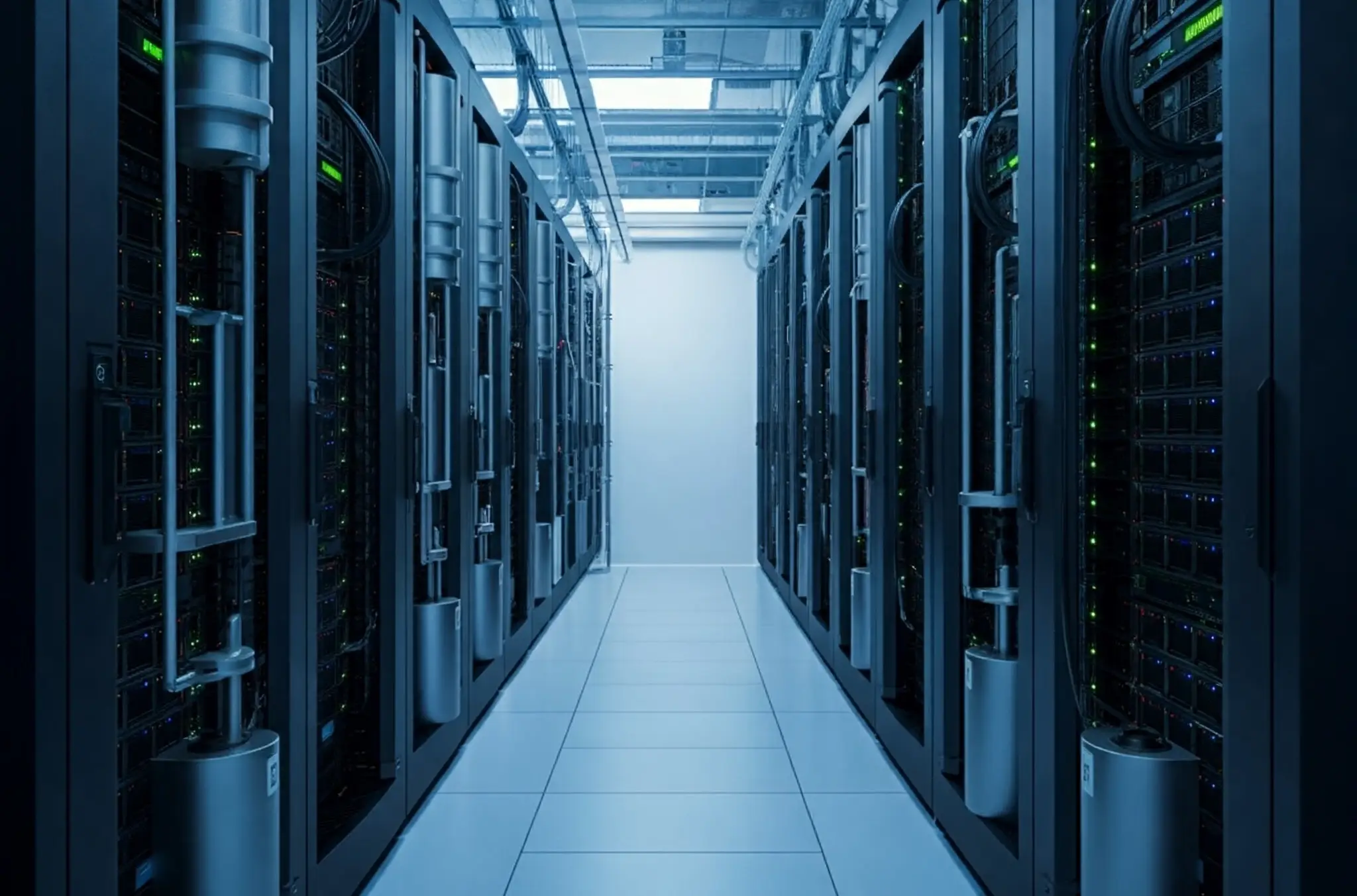Contacts Us:
Addr: 121 Bayberry Lane Westport, Connecticut 06880
Tel: (203)451-3527
Email: info@bodentel.com

The relentless growth of data, fueled by trends like AI, cloud computing, and the Internet of Things, is pushing data centers to their thermal limits. Traditional air cooling is struggling to keep up with the increasing heat densities generated by modern high-performance computing. Enter liquid cooling, a technology poised to revolutionize data center cooling and unlock new levels of efficiency and sustainability.
Understanding Liquid Cooling
Liquid cooling leverages the superior heat transfer capabilities of liquids, such as water or specialized coolants, to efficiently remove heat from servers and other components. Compared to air, liquids can absorb and dissipate significantly more heat, making them ideal for managing the thermal demands of today’s power-hungry hardware.
Types of Liquid Cooling Systems
There are several approaches to liquid cooling in data centers, each with its own advantages and considerations:
CDUs: The Heart of Liquid Cooling
Coolant Distribution Units (CDUs) play a crucial role in liquid cooling systems. They are responsible for circulating the coolant, regulating its temperature, and ensuring optimal flow throughout the system. CDUs come in various configurations and capacities to meet the specific needs of different data centers.
Liquid Cooling vs. Air Cooling: A Comparison
| Feature | Liquid Cooling | Air Cooling |
|---|---|---|
| Heat Transfer Efficiency | Significantly higher | Lower |
| Energy Consumption | Potentially lower (depending on the system) | Higher |
| Space Requirements | Can be more compact | Can be bulky, requires raised floors |
| Noise Levels | Generally quieter | Can be noisy due to fans |
| Maintenance | Can be more complex | Relatively simpler |
| Initial Cost | Higher | Lower |
Business Value of Liquid Cooling
The Future of Liquid Cooling
Liquid cooling is rapidly gaining traction in the data center industry, driven by the increasing heat densities of modern hardware and the growing demand for energy efficiency. Here are some key trends shaping the future of liquid cooling:
Conclusion
Liquid cooling is no longer a niche technology; it’s a critical enabler for the future of data centers. By embracing this innovative approach, data center operators can unlock new levels of efficiency, sustainability, and performance, paving the way for the continued growth of data-driven technologies.